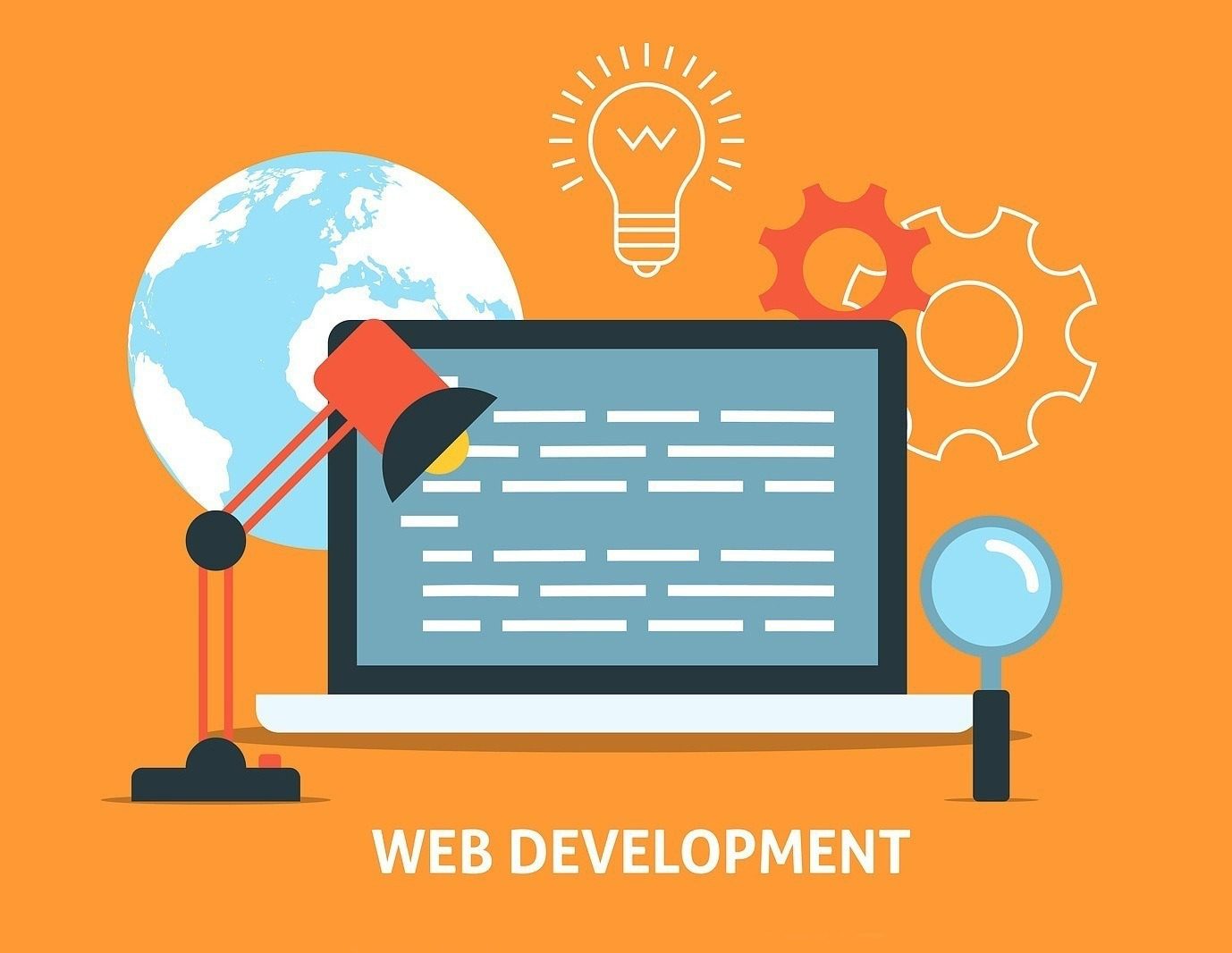Blitz News Digest
Stay updated with the latest trends and insights.
Web Development Wizardry: Conjuring Up Stunning Websites
Unleash your creativity with Web Development Wizardry! Discover tips to conjure stunning websites that captivate and engage your audience.
10 Essential Tools Every Web Developer Should Know
In the ever-evolving world of web development, having the right tools at your disposal is crucial for efficiency and productivity. Here are 10 essential tools that every web developer should know:
- Visual Studio Code - This versatile code editor provides a rich development experience with support for various programming languages, extensions, and customizable features.
- Git - As a version control system, Git allows web developers to track changes in their code, collaborate with others, and manage project versions effectively.
- Chrome DevTools - These built-in web developer tools in the Google Chrome browser enable debugging, performance analysis, and responsive design testing.
- Postman - A powerful API testing tool that simplifies the process of sending requests and handling responses, making it easier to debug APIs.
- Bootstrap - This popular front-end framework helps developers quickly create responsive websites with pre-designed components.
- Sass - A CSS preprocessor that streamlines the styling process with features like variables, nested rules, and mixins.
- Figma - A collaborative interface design tool that enables designers and developers to work together seamlessly.
- Webpack - A module bundler that helps manage and optimize resources like scripts, stylesheets, and images for production.
- Slack - A team communication tool that facilitates collaboration and sharing among developers, designers, and stakeholders.
- npm - The Node package manager is essential for managing packages and dependencies in JavaScript projects.
Mastering these 10 essential tools will not only enhance your web development skillset but also streamline your workflow. Each tool serves a distinct purpose and collectively empowers developers to build robust, efficient, and visually appealing websites. As the tech landscape continues to evolve, staying updated with these tools will ensure that you remain competitive and adaptable in this dynamic field.

How to Transform Your Ideas into Stunning Websites: A Step-by-Step Guide
Transforming your ideas into stunning websites begins with a clear vision of what you want to achieve. Start by brainstorming your concepts and outlining the goals of your website. Identify your target audience and understand their needs to create a user-centric design. Once you have a solid foundation, sketch a rough layout of your website, detailing elements such as navigation, content sections, and visual components. This initial step is crucial, as it guides the development process and ensures that your website effectively communicates your message.
Next, it's time to bring your ideas to life by selecting the right tools and platforms for your website. Depending on your technical skills and budget, you can choose between website builders like WordPress, Wix, or Squarespace, or opt for a custom-built solution using HTML, CSS, and JavaScript. As you proceed, keep the following steps in mind:
- Choose a domain name that reflects your brand.
- Select a reliable hosting provider.
- Design your website's layout using responsive design principles.
- Focus on enhancing user experience through intuitive navigation.
By following these steps, you’ll be well on your way to creating a stunning website that captivates your audience.
What Are the Key Principles of Effective Web Design?
Effective web design is anchored in several key principles that ensure a seamless and enjoyable user experience. Firstly, usability is paramount; a website should be easy to navigate, allowing visitors to find what they’re looking for without frustration. This includes a clear layout, intuitive menus, and well-structured content. Additionally, visual hierarchy plays a crucial role in guiding users' attention to the most important information, often established through the strategic use of size, color, and spacing.
Another essential principle of effective web design is responsiveness. With the prevalence of mobile devices, it’s vital that a website performs well on various screen sizes and resolutions. This adaptability not only improves user experience but also enhances SEO rankings. Lastly, consistent branding across the website helps to build trust and recognition; using uniform colors, fonts, and styles contributes to a cohesive online identity that resonates with users.